Researchers at the University of Melbourne have developed a fast, inexpensive and scalable method for engineering blood vessels from natural tissue.
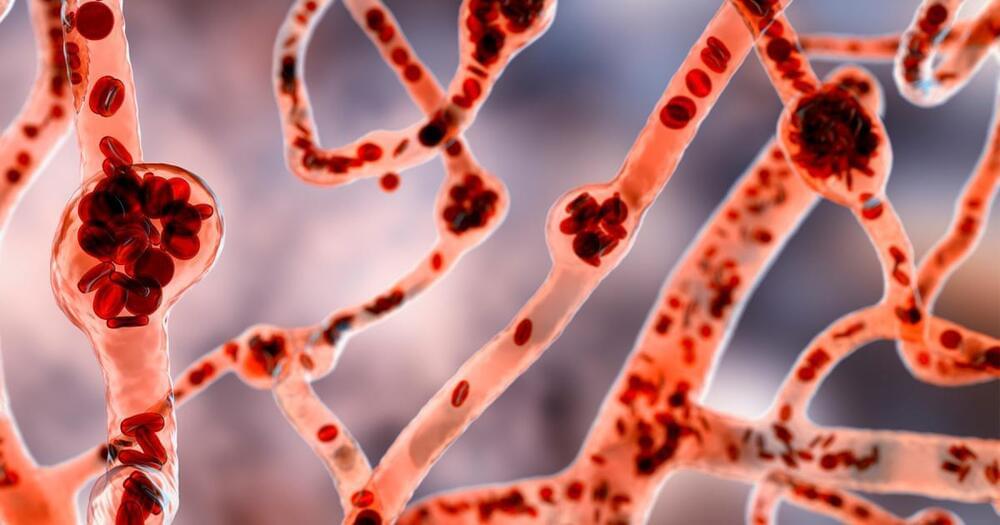


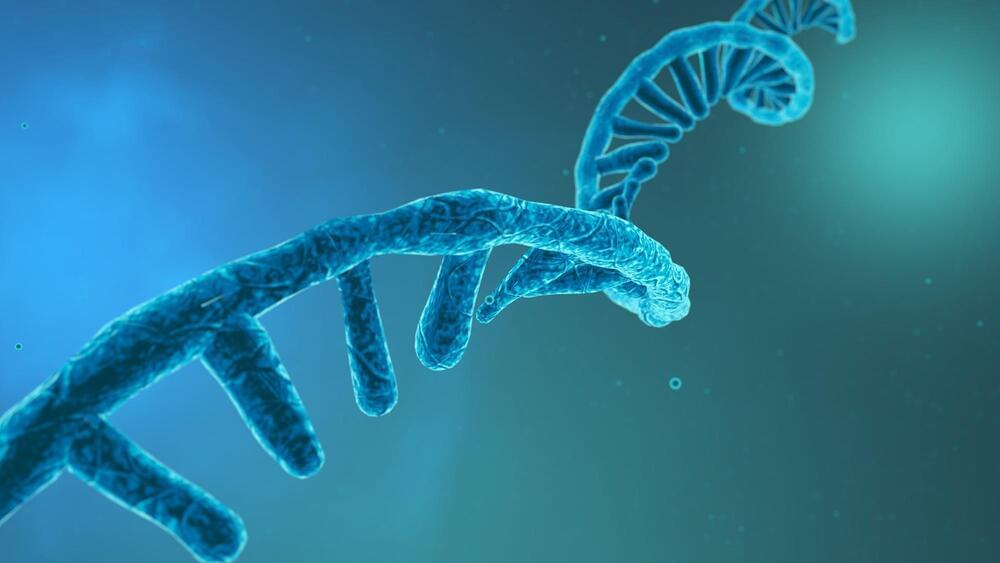

The skin is the largest organ of the body, comprising several compartments and about 20 different cell types that are involved in various skin functions – complexity that is more than skin deep! [1] Skin aging is a multifactorial process that is impacted by several intrinsic and extrinsic factors. Constant exposure of the human skin to such stimuli impacts its function and accelerates aging resulting in dry skin, wrinkling, thinning of the epidermis, and reduced barrier integrity. While we notice most of those changes by looking in a mirror – something the cosmetics industry has leveraged to multi-billion dollar effect – older skin is more at risk of injury, less able to sense touch, heat and cold, slower to heal and more prone to cellulitis and other skin infections.
Aging is a complex and gradual process characterized by a reduction in function and reproducibility along with an increase in the incidence of degenerative diseases. Skin aging has been reported to be associated with the presence and accumulation of senescent cells. “A number of diseases that increase in older people may have a unifying underlying mechanism having to do with senescence,” says Ruth Montgomery, PhD, professor of medicine and epidemiology (microbial diseases) at Yale School of Medicine [2].
Senescent cells are those that have lost their proliferative capacity, are resistant to apoptosis, and secrete factors that can cause tissue deterioration and inflammation [3]. These factors are termed senescence-associated secretory phenotype (SASP) and can lead to extracellular matrix (ECM) deposition, impact epidermal stem cell renewal and worsen melanin synthesis.
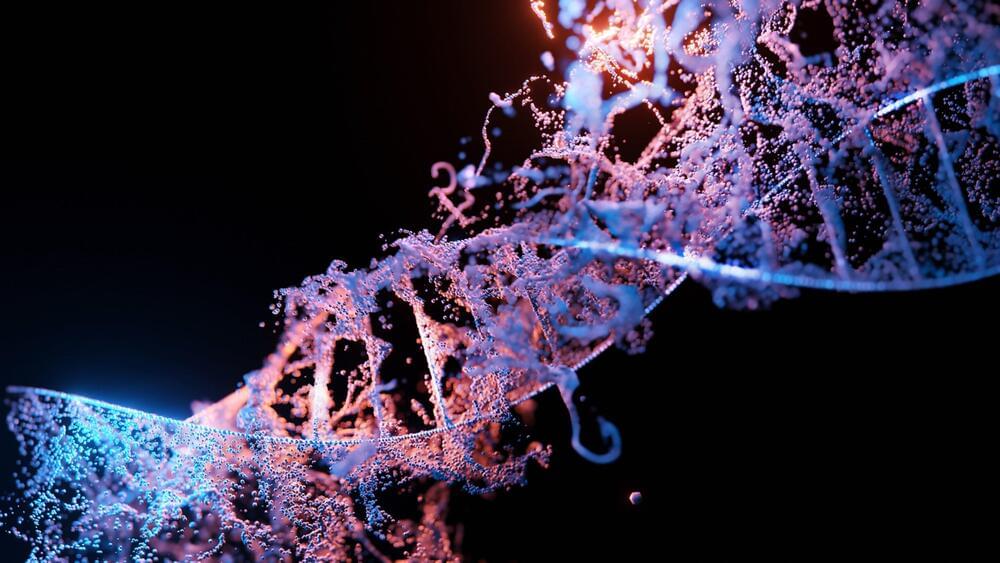
Each cell in the body stores its genetic information in DNA in a stable and protected form that is readily accessible for the cell to carry on its activities. Nevertheless, mutations—changes in genetic information—occur throughout the human genome and can have a powerful influence on human health and evolution.
“Our team is interested in a classical question about mutation—why do mutation rates in the genome vary so tremendously from one DNA location to another? We just do not have a clear understanding of why this occurs,” said Dr. Md. Abul Hassan Samee, assistant professor of integrative physiology at Baylor College of Medicine and corresponding author of the work.
Previous studies have shown that the DNA sequences flanking a mutated position—the sequence context—play a strong role in the mutation rate. “But this explanation still leaves unanswered questions,” Samee said. “For example, one type of mutation occurs frequently in a specific sequence context while a different type of mutation occurs infrequently in that same sequence context. So, we think that a different mechanism could explain how mutation rates vary in the genome. We know that each building block or base that makes up a DNA sequence has its own 3D chemical shape. We proposed, therefore, that there is a connection between DNA shape and mutations rates, and this paper shows that our idea was correct.”
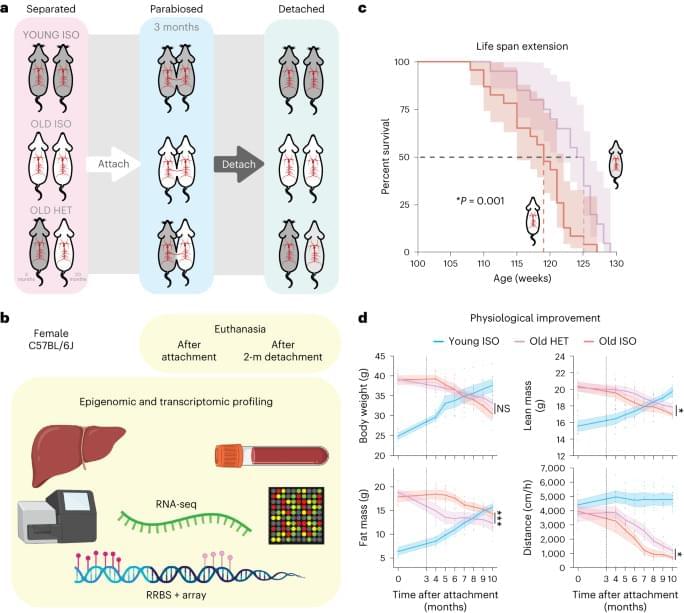
Heterochronic parabiosis ameliorates age-related diseases in mice, but how it affects epigenetic aging and long-term health was not known. Here, the authors show that in mice exposure to young circulation leads to reduced epigenetic aging, an effect that persists for several months after removing the youthful circulation.

Yang and co-workers state that “using inducible changes to the epigenome, we find that the act of faithful DNA repair advances aging at physiological, cognitive, and molecular levels, including erosion of the epigenetic landscape, cellular exdifferentiation, senescence, and advancement of the DNA methylation clock, which can be reversed by OSK-mediated rejuvenation. These data are consistent with the information theory of aging, which states that a loss of epigenetic information is a reversible cause of aging.” There is extensive evidence that the key reagent, restriction endonuclease I-PpoI, is cytotoxic. Moreover, the corresponding author published two papers—neither cited—showing that I-PpoI targeted to specific cell types causes a p53 response and cell elimination within a month. Despite globally inducing I-PpoI activation for seven times as long as required to induce a progeric effect, no analysis of mice during this critical window was presented. No significant conclusion of Yang was demonstrated.

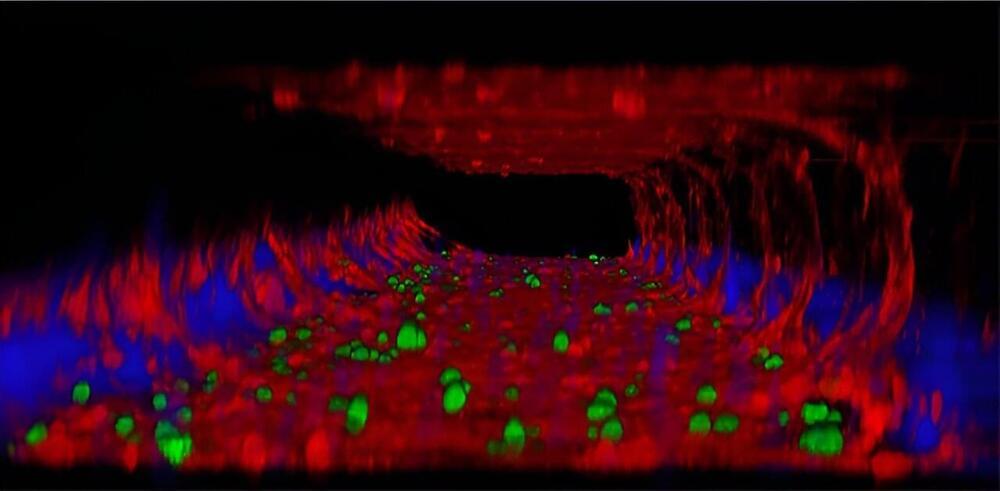
Anaplastic large cell lymphoma, a form of non-Hodgkin lymphoma, is the most common aggressive lymphoma in children. Chemotherapy and radiation fail to cure about 30% of cases. When tumors are driven by the oncogene ALK—which is the case for the majority of children—kinase inhibitor drugs like crizotinib are very effective in blocking tumor growth. They also lack the serious side effects of chemotherapy.
However, ALK inhibitors also very expensive—about $80,000 a year—and must be taken for a lifetime. As soon as they’re stopped, the lymphoma comes back. Roberto Chiarle, MD, a hematopathologist and researcher at Boston Children’s Hospital, wanted to know why.
“ALK inhibitors can control the lymphoma, but you cannot reach a cure,” he says. “Why do lymphoma cells persist for so long?”
Scientists have shown that a protein called NLRP11 has an essential role in the immune system; it alerts the body that a bacterial infection is occurring, triggering an immune response that battles the bacterial invader. NLRP11 appears to identify bacteria that are taken up by immune cells called macrophages, by recognizing a part of the bacterial coat. These findings have provided new insights into our understanding of the immune response to bacterial infection, and have been reported in Science Immunology.
The NLRP11 protein is expressed by humans, but not mice, which are a common animal model for infection. In this study, the researchers overcame that gap by using a mouse model that expressed a so-called humanized immune system. Humanized mice have been grafted with human cells and tissues so they replicate human biological functions more accurately.